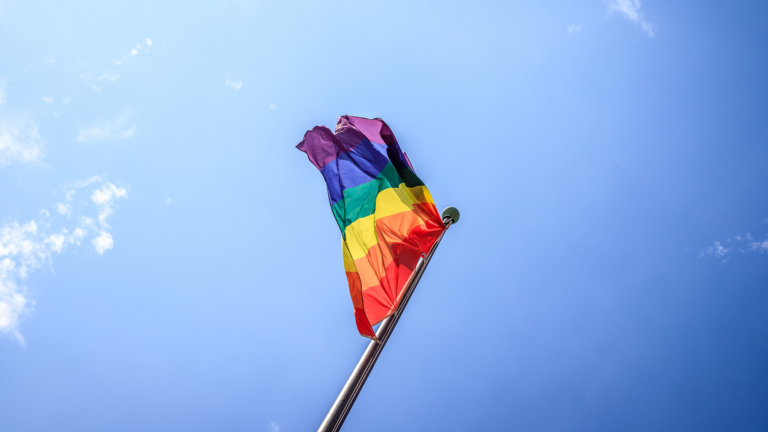
Pride Month should be a month to celebrate what you have done for the community and hold up a mirror to reflect on what can be changed across the other 11 months of the year. It is an opportunity to celebrate LGBTQ+ communities and their impact on society. For decades people from these communities have blazed a trail in improving healthcare systems, from shaping the response to the HIV epidemic to fostering inclusive cancer care.
In an age where people increasingly only listen to or trust people like them, knowing how to engage with the community will help brands and campaigns to achieve cut-through. Over Pride Month MHP conducted a series of interviews with individuals working in LGBTQ+ healthcare; we present four key takeaways on organising health campaigns centred around LGBTQ+ people. Applying these principles will give your campaign longevity and cut-through ensuring you are engaging in impactful advocacy for the remaining 11 months of the year:
The community has a strong shared identity, formed from years of campaigning for equal rights and building a movement for change when many policymakers wouldn’t listen. Campaigns should aim to put LGBTQ+ people front and centre in leading and visible roles, whilst sharing positive stories from employees and audiences.
The community is naturally distrustful of companies paying lip service to diversity as a way to profit off of them or improve their image. Activists prefer to work with authentic allies, and will research a brand first before doing work with them; however, they are also keen to work with companies with a genuine commitment to improve their allyship and advocacy.
The LGBTQ+ community is not a homogenous bloc. Each age bracket has varying percentages of people who identify as LGBTQ+. For example, 91% of baby boomers say they are ‘straight’, only 71% of Gen Z do. Once other demographic factors have been taken into account shape a bespoke message based on the targeted audience with which you wish to engage. However, understanding your audience is just the start of the process. Community engagement should be end-to-end, from campaign development to launch (and beyond). For example, Invisible Women, demonstrates the problems that crop up when women and their needs are not thought about during service implementation or campaign design, and can be extended to other underserved groups. A lack of data collected on LGBTQ+ people came up in many of our conversations as a reason for campaigns failing to make an impact.
LGBTQ+ people experience significant barriers in accessing healthcare, with many distrustful of healthcare settings due to experiencing discrimination or having their concerns dismissed. Clinics are known to heighten anxiety in some people – so where clinically possible seek out alternatives, such as LGBTQ+ bars, cafes, internet fora and social media. A good example is ‘Best for my Chest’ who met with people in non-clinical settings and used this as a way to distribute information on breast cancer. A feedback loop enabled the North East London Cancer Alliance to tailor their services to improve outcomes for LGBTQ+ patients.
The community will engage with the messaging of a campaign if it’s in accessible and inclusive language. Avoid communicating in a jargon-heavy way, which may alienate some people. Crucially, ensure that you are using terminology that respects gender identity and avoids stigmatising your audience. A good example is how the HIV advocacy community has pioneered “people-first” language that aims to portray the population it describes in a non-judgemental way and centre the person rather than the condition in communications.
Knowing how to engage with LGBTQ+ audiences is necessary because they are a marginalised group that at times falls through the cracks in healthcare. Pride Month is always an occasion to foreground issues facing these groups but the struggle for visibility and representation is persistent. Look out for more from MHP on this subject in the coming months about how healthcare services and campaigns can be developed with these communities front and centre.